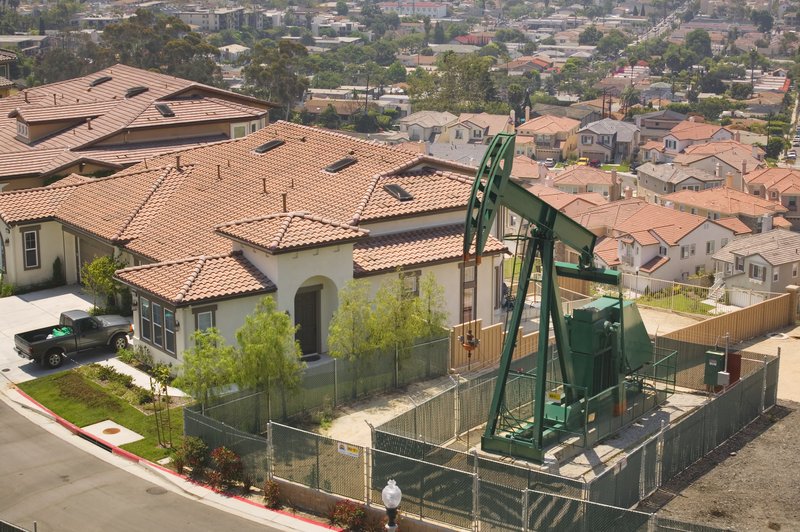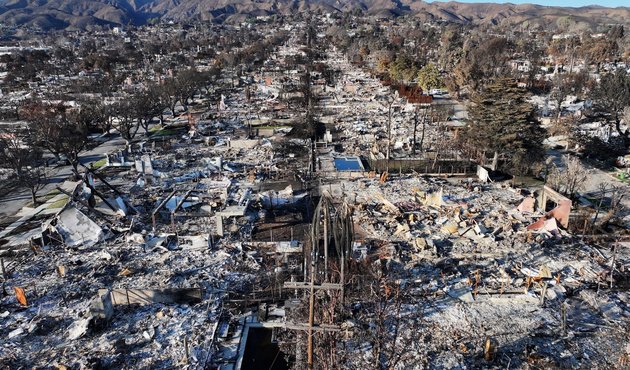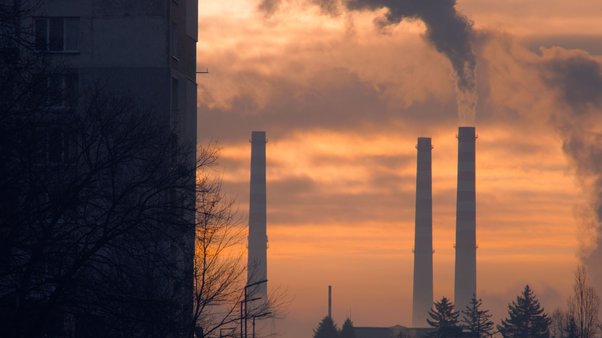Oil and gas wells pose risks to health and environment as climate crisis expands California's fire hazard zones
More than 170,000 oil and gas wells in California are located in areas of increased wildfire hazard, according to new analysis of state data by Global Witness.
The analysis plotted the locations of 242,000 oil and gas wells in California against newly designated fire hazard severity zone maps released by California’s State Fire Marshal.
We found that 70.6% of the wells were in fire hazard zones, and more than half of wells are in areas of “high” or “very high” risk of fires. Even this number is likely to be an underestimate of the wells in high fire hazard zones.
These zone maps only cover the land where state and local fire departments are responsible for combating wildfire – excluding the 45% of California that is federal land.
The US Environmental Protection Agency notes that plugging oil and gas wells reduces fire hazards. Poorly-plugged wells can provide pathways for oil or gas to migrate to the surface and fuel fires.
Our analysis found that less than half of the wells in areas at risk of wildfires were plugged, with most of the remaining wells either active or left idle.
Over 1.6 million people live close to these wells, which poses a potential health threat even in the absence of wildfires.

California’s fire hazards ignited by climate change
California’s wildfires have been increasing in frequency and intensity as a result of climate change, which is primarily caused by burning fossil fuels like oil and gas.
A 2019 study found that the area burned by wildfires in the state each year has increased fivefold since the 1970s. This trend was illustrated by this year’s LA wildfires, which took at least 30 lives and caused as much as $45 billion in insured damages, according to UCLA.
California’s long history of oil and gas production has left it littered with thousands of oil wells. The presence of such oil and gas infrastructure in areas affected by fires poses an additional risk to public health and safety.
In 2017, the Thomas Fire – the largest wildfire in California’s history at the time – burned through nine oil fields in Santa Barbara and Ventura counties. According to the community, oil and chemicals fueled the flames for weeks after the initial blaze passed through. The areas were too dangerous for firefighters to access.
Oil and gas wells, which release methane and other pollutants into the atmosphere during normal operation, can pose an even greater health risk during wildfires. Well fires are uncommon. But in some instances, fires can cause wells to explode, potentially injuring workers or nearby residents.
Unequal health impacts
Of the more than 1.6 million Californians who live within 1km of wells in fire hazard zones, nearly 100,000 are children aged under five.
Oil and gas wells may pose a direct threat to human health even in the absence of wildfires. Living in close proximity to wells has been linked to increased childhood leukemia diagnoses and of preterm and underweight birth. Chemicals emitted by oil and gas extraction include benzene, a known carcinogen.
Researchers have shown that in California, Black, Hispanic and low-income communities are disproportionately exposed to oil and gas extraction and resulting pollution.
The oil and gas well operators
Hundreds of upstream oil and gas companies work in California, but two companies operate far more wells than their competitors.
According to California Department of Conservation data published in 2019 and updated in 2022, California Resources Corporation and its subsidiaries operate about 66,400 wells in fire hazard zones, some 38,000 of which are in “high” or “very high” risk areas.
Chevron, which was headquartered in California until moving to Texas in 2024, operates around 47,400 wells, with the vast majority of them (93%) in high-risk areas.
Both companies have only plugged around half of their wells.
In 2024, California lawmakers introduced the Polluters Pay Climate Cost Recovery Act, which would have forced major climate polluters to help pay for climate disasters. Chevron and the California Resources Corporation lobbied legislators about the bill. It died in committee.
After the LA fires, a new version of the bill was introduced this year. Both companies are already lobbying against it.
Global Witness contacted Chevron and the California Resources Corporation for their comment. Neither company responded.
Nicu Calcea at Global Witness said: “Fossil fuel companies have made billions in profit while wrecking our climate and poisoning local communities. The oil industry must be held accountable for cleaning up the mess it’s made. Make these polluters pay.”
Methodology
- Global Witness analysed the locations of 241,906 oil and gas wells in California published by the California Department of Conservation. The data was last updated in 2022.
- We intersected the locations of these wells with the Fire Hazard Severity Zones map published by the California Department of Forestry and Fire Protection. These can be either the responsibility of local agencies (last updated in March 2025) or of the state (last updated in April 2024).
- We then aggregated the data by operator, level of fire hazard and well status (plugged, active or idle).
- For each well, we drew a 1km buffer, in line with academic literature on the topic, and counted how many people lived within this range based on high-resolution population data published by Meta.



